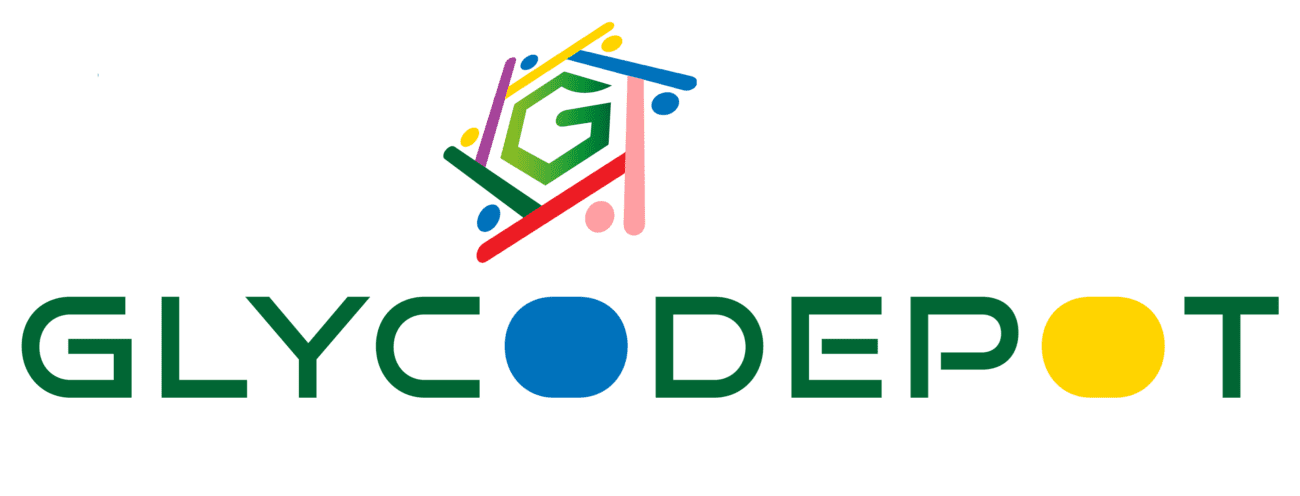BC2LC-Nt from Burkholderia cenocepacia linked to Fluorescein
BC2LC-Nt from Burkholderia cenocepacia linked to Fluorescein is a fluorescently labeled lectin domain used to study fucose-mediated host-pathogen interactions and proinflammatory signaling in chronic infections like cystic fibrosis. Derived from the N-terminal domain of the BC2L-C superlectin, this TNF-α-like lectin binds fucosylated glycans and triggers immune responses independently of carbohydrate recognition.
Key Characteristics of BC2LC-Nt:
- Function:
- Fucose-specific binding: Targets α1-2/3/4-linked fucose in human histo-blood group antigens (e.g., Lewis<sup>x</sup>, H-type 1) to mediate bacterial adhesion to epithelial cells.
- Proinflammatory activity: Stimulates IL-8 secretion in airway cells via a carbohydrate-independent mechanism, amplifying inflammation in B. cenocepacia infections.
- Structural role: Forms TNF-α-like trimers that contribute to BC2L-C’s hexameric architecture, enabling dual lectin functionality.
- Structural Features:
- TNF-α-like fold: Unique among bacterial lectins, resembling human TNF-α but retaining fucose-binding specificity.
- Flexible oligomerization: Integrates into BC2L-C’s hexameric structure, flanking calcium-dependent C-terminal domains.
- Molecular weight: ~15–18 kDa (monomer), forming stable trimers post-Fluorescein labeling.
- Fluorescein Conjugation:
Labeling with fluorescein isothiocyanate (FITC) enables:- Visualization of fucose-binding sites in host tissues via fluorescence microscopy.
- Quantification of lectin-glycan interactions using fluorescence polarization or flow cytometry.
- High-throughput screening of fucose analogs to block bacterial adhesion or inflammation.
Applications in Research:
- Host-Pathogen Adhesion Studies:
Tracks BC2LC-Nt binding to fucosylated epitopes on airway epithelia, elucidating mechanisms of cenocepacia colonization. - Inflammatory Response Analysis:
Investigates IL-8 induction in cystic fibrosis models, linking lectin activity to neutrophil recruitment and tissue damage. - Anti-Virulence Drug Development:
Screens inhibitors targeting BC2LC-Nt’s fucose-binding site or TNF-α-like signaling to reduce bacterial persistence.
Production and Validation:
- Recombinantly expressed in E. coli with affinity tags for purification.
- Fluorescein labeling validated via:
- Binding assays with fucosylated glycans (e.g., Lewis<sup>x</sup>).
- Cell-based assays confirming IL-8 induction in airway epithelial cultures.
This tool bridges structural biology and immunology, offering insights into B. cenocepacia’s dual strategies of glycan recognition and immune evasion.
Meta Description:
“Explore BC2LC-Nt from Burkholderia cenocepacia, a fluorescently labeled TNF-α-like lectin for studying fucose-mediated adhesion and proinflammatory signaling. Ideal for cystic fibrosis research and anti-virulence drug discovery.”
Citations:
- https://en.wikipedia.org/wiki/index.html?curid=8235178
- https://pmc.ncbi.nlm.nih.gov/articles/PMC3164656/
- https://pubmed.ncbi.nlm.nih.gov/21909279/


Reviews
There are no reviews yet.